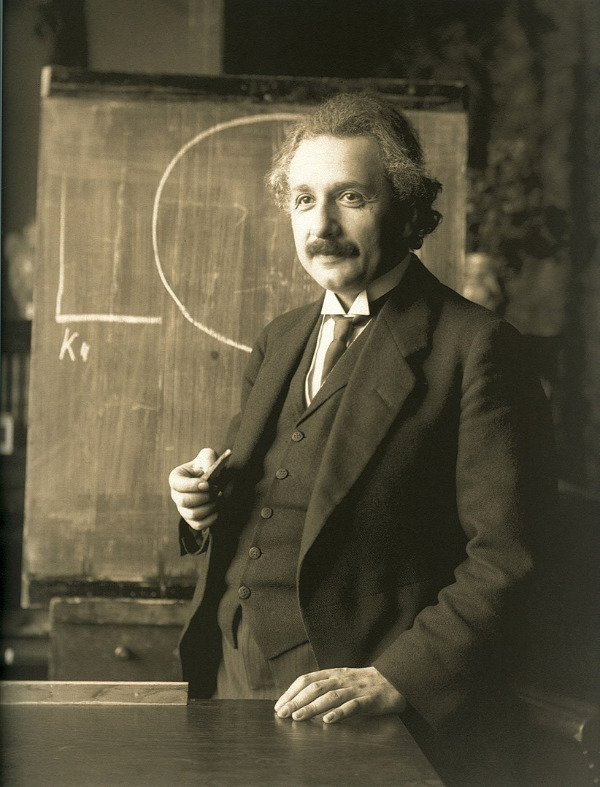Teaching Artificial Intelligence in K-12 Classrooms
Should K-12 students be learning about artificial intelligence? Since the turn of the century, I have written about, observed and taught in programs to have all students learn the basics of coding. Prior to that, robotics made big moves into K-12 classrooms. AI seems to be the next step.
I saw recently that DayofAI.org launched a day for classrooms around the world to participate in learning about AI. They offered resources from MIT for teachers, including lesson plans and videos for all grade levels.
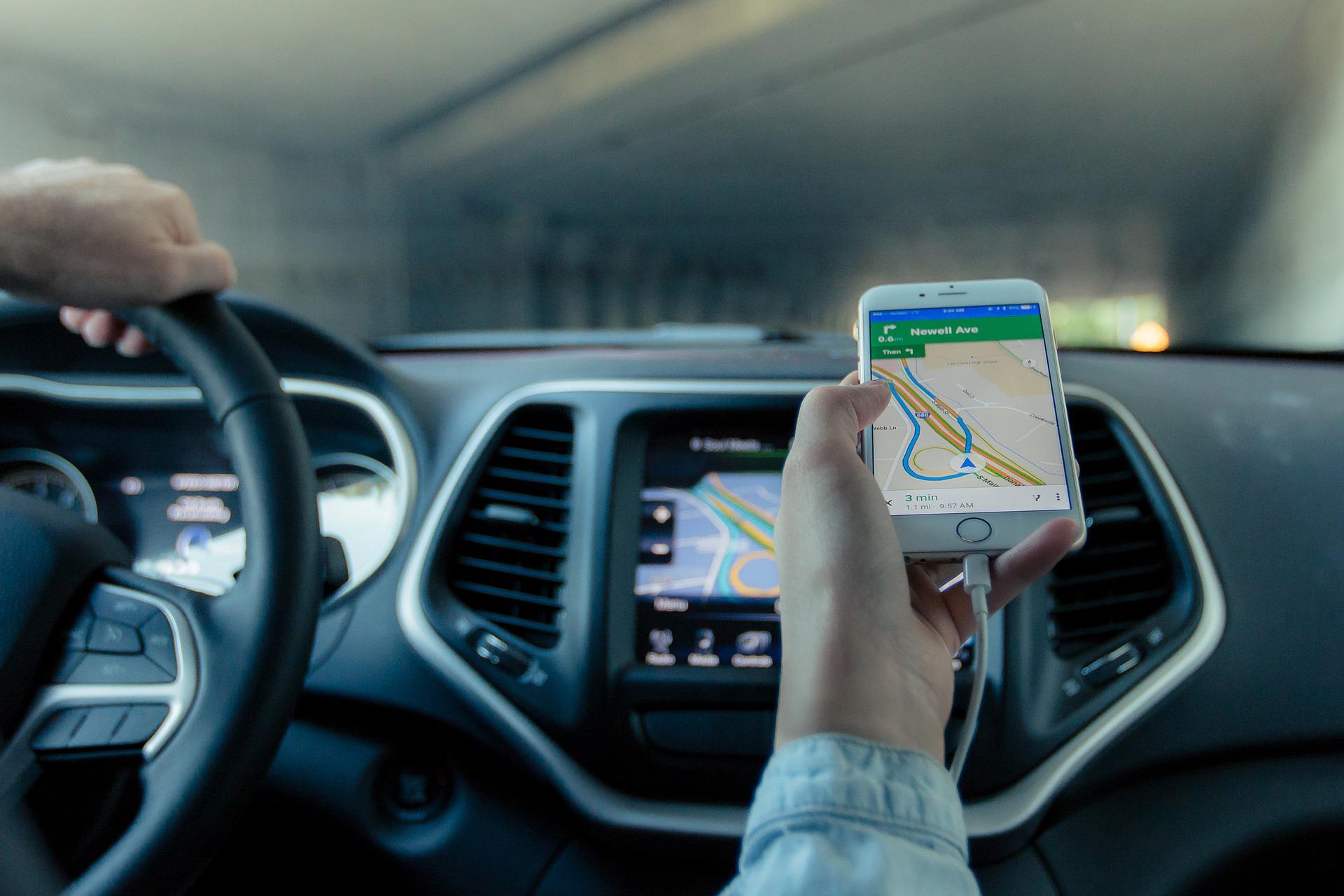
It's not that students aren't already surrounded by artificial intelligence in their everyday lives, but they are probably unaware of its presence. That is no surprise since most of the adults around them are equally unaware of AI around them.
You find AI used in maps and navigation, facial recognition, text editors and autocorrect, search and recommendation algorithms, chatbots, and in social media apps. If you have a smartphone to a new car, you are using AI consciously or unconsciously. Consciously is preferred and a reason to educate about AI.
Though I have never thought of my time as a K-12 teacher as training students for jobs in the way that teaching in higher education clearly has that in mind, you can't ignore what students at lower level might need one day to prepare for job training in or out of higher ed. Artificial intelligence, data analytics, cloud computing, and cybersecurity are areas that always show up in reports about jobs now and in the near future.ed workers which means that we need to do more to prepare our students for these careers and others that will evolve over time.
“AI will dominate the workplace and to be successful, people are going to have to understand it,” said Mark Cuban, who launched a foundation in 2019 that provides AI bootcamps for free to students to learn about AI. It is his belief and the belief of other tech leaders and educators that artificial intelligence is something that should and can be taught at all levels, regardless of a teacher’s experience in this field.
One starting place might be Google AI Experiments which offers simple experiments to explore machine learning, through things like pictures, drawings, language, and music. See https://experiments.withgoogle.com/collection/ai
AIClub offers courses for students and free resources for educators including professional development sessions to spark curiosity for learning about AI. They are also developing guidelines for AI curriculum in grades K through 12.
I tried an AI test (it is rather long for younger students) at www.tidio.com/blog/ai-test/ that was part of a survey for a research study about AI-generated content. It shows you images, texts, and plays sounds and asks you to decide if you think they show real people or were created by humans or not. Almost all of us will be fooled by things created by AI. Another site is fun for kids as it shows very realistic AI-created cats that don't really exist. And another site at https://ai4k12.org/ is also a human vs AI activity where you decide whether art, music, writing or photos were created by a human or AI.
All of those examples can be used as a way to introduce students to how AI is used and even caution them to recognize that they can be not only helped but deceived using AI.
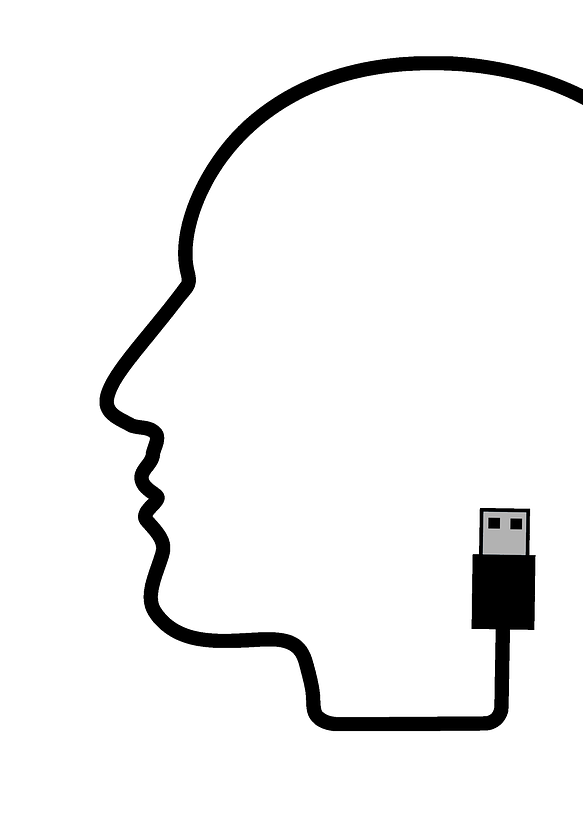 It's 2022 and I am reading an article in
It's 2022 and I am reading an article in 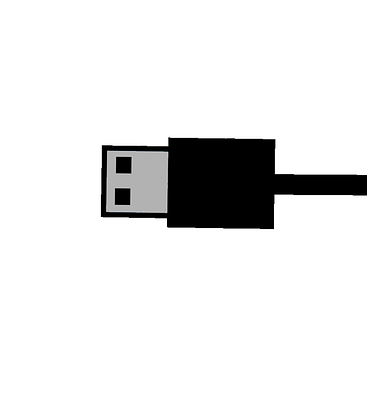
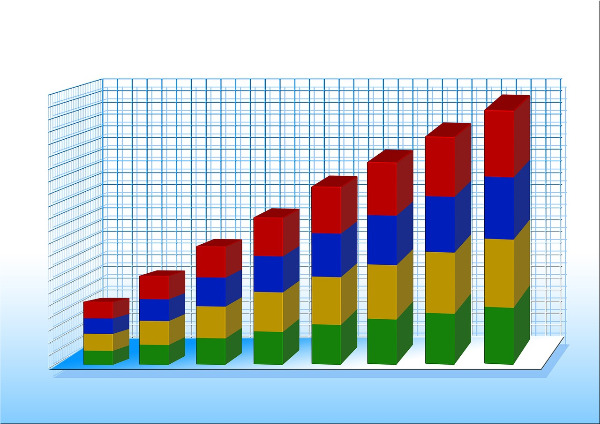 There has been lots of talk about the losses in learning during the pandemic. Much of that talk has been around the shift to online learning and what was perceived as lost by not being in physical classrooms.
There has been lots of talk about the losses in learning during the pandemic. Much of that talk has been around the shift to online learning and what was perceived as lost by not being in physical classrooms.